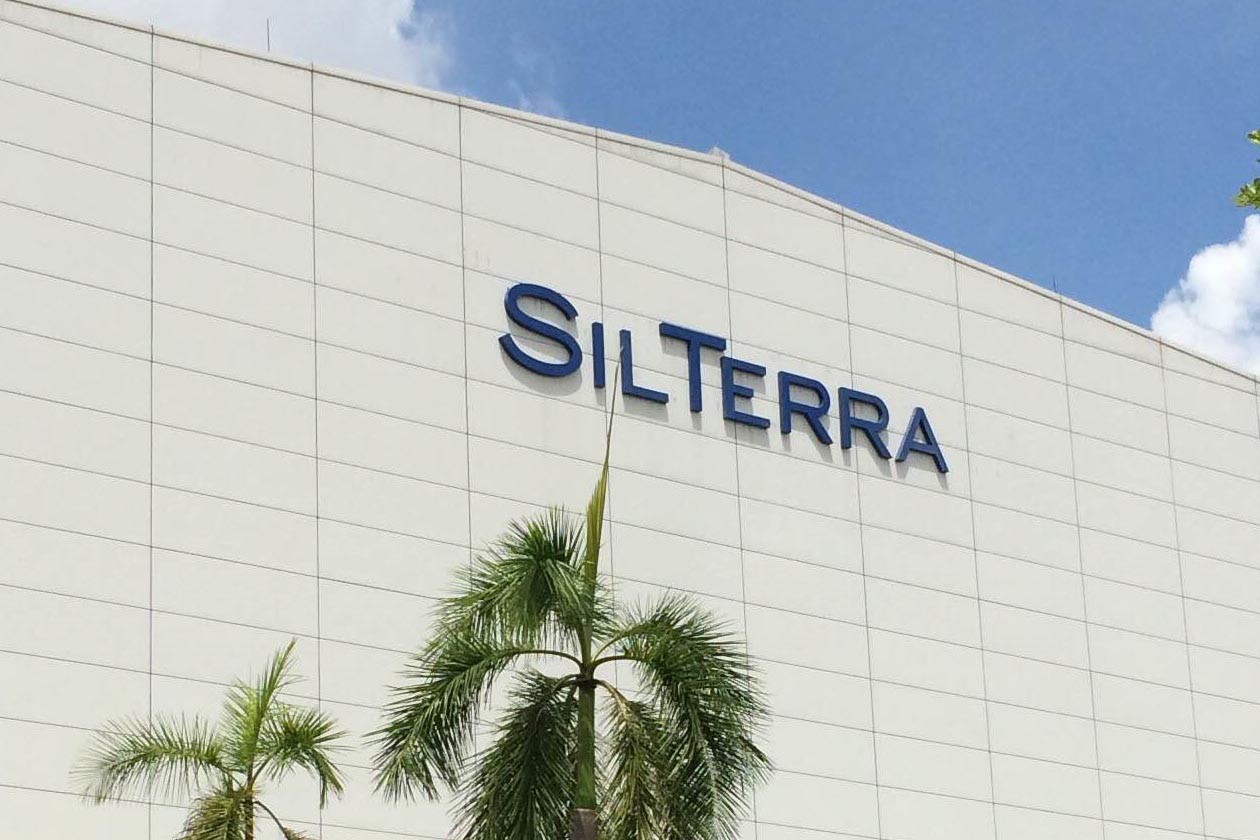Khazanah Nasional Bhd’s quest to divest its loss-making semiconductor wafer fabrication business may run into a snag as anti-graft officials are investigating a separate deal involving one of the bidders.
Hiving off Silterra Malaysia Sdn Bhd has been among Khazanah’s priorities this year, and after multiple bidding rounds in July and October, the number of hopefuls were whittled down to two overseas and two local companies.
The former consisted of Taiwan’s Foxconn Technology Group and Germany’s X-Fab Semiconductor Foundries AG while the latter comprised Dagang NeXchange Bhd (DNeX) and Green Packet Bhd.
But people familiar with the matter said the overseas bidders might have pulled out of the race, following the government’s insistence of putting Silterra in the hands of a Malaysian owner.
This came after intense pushback by local players who found out that Khazanah decided to entertain foreign investors, as the deadline for the sales process extended due to the movement control order (MCO), especially Foxconn, which submitted a significantly higher bid, entitling them to 100% ownership.

The grouse was that ownership guidelines weren’t made clear where a foreign company could aim for majority ownership of the foundry.
If Khazanah were allowed to divest to either Foxconn or X-Fab, the fund would have to request for the International Trade and Industry Ministry to amend Silterra’s shareholding requirement for its manufacturing licence, which requires at least 55% of its shares to be held by local investors. Bumiputera ownership of the company must at least consist 30%.
This leaves Bursa Malaysia-listed tech companies, Green Packet and DNeX, in pole position.
But, a source said, it might not be so easy for Green Packet as the Malaysian Anti-Corruption Commission (MACC) is still investigating the tech company’s 2014 stake sale in then mobile business, Packet One Networks (M) Sdn Bhd (P1), to Telekom Malaysia Bhd (TM).

That year TM went on to acquire 57% of P1 for RM350 million with a further RM210 million capital injection via newly issued redeemable bonds. TM now owns 72.9% in the mobile operator, which has undergone rounds of rebranding from P1 to WeBe to unifi.
The deal was done under then TM chief Shazalli Ramly and Green Packet founder Puan Chan Cheong, also known as C C Puan.
But the acquisition sunk TM’s profits with the telco group posting its first quarterly loss in a decade during the third quarter of 2018, citing impairment provisions of up to RM934 million, including for P1-related assets.
The inclusion of Green Packet, said a source, has certainly raised some questions over Khazanah’s ability to screen potential buyers for its assets.
Silterra is the brainchild of Dr Mahathir Mohamad during his first stint as prime minister (1981-2003), as part of his industrialisation ambitions. It was created in 1995 and completed in 2000, in a move to grow the country’s semiconductor industry, from merely being an assembler of chips.
Market observers said Silterra had a headstart but failed to take advantage of the global tech revolution that marked the early 2000s.
This in turn saw the foundry struggling financially for years and numerous changes in leadership, to the point of enlisting veteran American chip veteran Bruce Gray, who failed to it turn around.
But Silterra was never run efficiently, even under the leadership of then Khazanah managing director Azman Mokhtar, who famously said, “You either execute or get executed,” when unveiling his mission to overhaul the government-linked companies (GLCs) under the fund’s watch in 2005.
The foundry would go on to chalk up losses up to RM5.5 billion from 2008 to 2017, only second to Malaysia Airlines Bhd in Khazanah’s basket of losers.
The only time Silterra had some reprieve was in 2008 under then chief executive Kamarudin Mohamed Zin. He was under pressure as Khazanah threatened to cut the cord and it seemed to work.
By the second quarter of 2009, Silterra was no longer asking its parent company for funds, only for depreciation charges and financing costs to strike out such gains and push it back into the red.
Today, staff cost has become a bane, amounting to RM130 million a year. In the financial year ended Dec 31 last year, Silterra would go on to post a net loss of RM172 million.
External auditor KPMG PLT remarked, in Silterra’s 2019 annual report, the foundry was only a going concern based on Khazanah’s ability to “provide adequate financial support”, despite posting a deficit in shareholders’ funds of RM575 million and net current liabilities of RM736 million.
Adding to Silterra’s woes is the general lack of a tech eco-system in the country consisting of related business such as design houses and suppliers of materials and tools.
More importantly, as with any GLC, political interference had always scuttled any meaningful discussions in divesting Silterra, said a market observer.
Among the four bidders, Foxconn threw in the highest at RM516 million, followed by Green Packet’s RM235 million and DNeX’s RM136 million.
It is not known how much is X-FAB offering but the group has operations in Malaysia. Back in 2006, X-FAB had merged with 1st Silicon, the only other wafer fabrication business in the country set up by the Sarawak government.
Further, the local players have also offered to assume Silterra’s debt of RM210 million, and have promised to grow the business.
DNeX’s bid consisted of a 60:40 consortium with Beijing CGP Investment Co Ltd and entails spending about RM500 million, including further capital expenditure and purchase of new equipment.
CGP is an RM15 billion fund that specialises in integrated circuits (IC) development and is believed to be a proxy for the Chinese IC industry. It counts Semiconductor Manufacturing International Crop as among its investees.
Green Packet is promising to leverage on Silterra to develop a homegrown semiconductor hub in Kulim, Kedah, where the semiconductor foundry is based. Puan’s IBI Urban Tech Sdn Bhd signed an agreement with China-based Orient Excellent Asset Management Co Ltd to work on the hub.
Khazanah’s next move is worth watching. While Malaysia seems to have struggled in nurturing a vibrant wafer fabrication sector, it has a high entry barrier of an estimated RM1 billion, US and China have pledged US$50 billion (RM201 billion) and US$1.4 trillion respectively through 2025 to nurture their respective semiconductor industries.
The fund, in its desire to relinquish ownership of Silterra, can go about this a few ways such as requesting the local bidders to up their offer price, benchmarking against Foxconn’s offer, or start an entirely new process with proper bidding guidelines, including foreign participation, and whether overseas companies can either be a majority owner or even wholly own Silterra.
But if Khazanah is looking to cut its losses, then Silterra has to go to the suitor with the highest price. For that to materialise, politics has to be out of the equation.

 15
15 